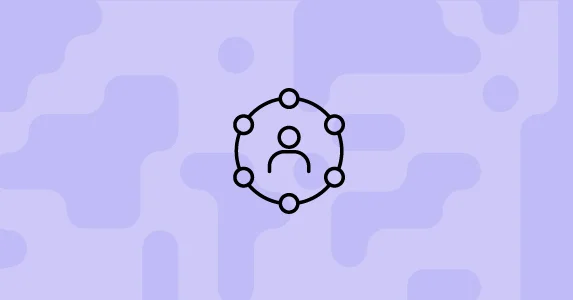Here’s the thing marketers don’t like to admit in their omnichannel customer experience: most customer journeys are messy, non-linear, and completely out of our control. One minute, someone’s scrolling through your Instagram ad while waiting for coffee. The next, they’re checking store inventory on your app, skimming reviews on your site, or walking into your retail location to ask a question—all within the span of a few hours. And they expect every one of those interactions to feel connected, relevant, and frictionless.
If that sounds hard, it’s because it is. But it’s also non-negotiable.
As a content strategist at a leading Martech, I’ve seen how top-performing brands treat omnichannel experience not as a UX feature, but as a business growth lever. It boosts retention. It drives up customer lifetime value. And it makes your brand genuinely unforgettable.
This blog is for you if you’re:
- Tired of disconnected channels and data silos
- Wondering why customers drop off even when campaigns perform well
- Trying to increase LTV or reduce churn without burning budget on re-acquisition
In the next few scrolls, I’ll show you what an omnichannel experience really means (beyond the buzzword), how to build one, and what it looks like when done right.
Because here’s the truth: customers don’t care about your channels. They care about continuity. And brands that deliver it? They earn not just clicks, but long-term loyalty. As per the latest research, omnichannel customers have 30% higher lifetime value than single-channel shoppers.
TL;DR
Omnichannel experience = a connected, personalized journey across all customer touchpoints (web, app, store, email, chat, etc.).
In this blog, you’ll learn:
- What omnichannel experience means (and how it’s different from multichannel)
- Why it matters: Higher CLTV, lower churn, better retention
- 4 core pillars: Integration, Seamlessness, Personalization, Customer-Centricity
- Real brand examples: How Sephora, Starbucks, Zara, Amazon, and Disney+ use omnichannel to drive loyalty and revenue
- Step-by-step framework to build your own omnichannel experience
Bottom line: Better journeys = better business. Build experiences that follow your customers—not channels that fight for their attention.
What Is an Omnichannel Experience?
An omnichannel experience is a connected customer journey that works seamlessly across every touchpoint—online or offline, mobile or desktop, chatbot or cashier.
I’ve been working with ecommerce and retail brands for a while now, helping them solve what feels like the same puzzle over and over: how do we make the customer journey less clunky? Whether they’re trying to improve retention, reduce churn, or boost customer LTV, most of it comes down to this: customers expect continuity.
But continuity isn’t just “being present” on lots of channels (that’s multichannel). It’s about stitching those touchpoints together so customers can move between them without friction, without losing context, and without thinking twice.
Here’s what makes a true omnichannel experience stand out:
- Continuous: Customers can start browsing on mobile, get a WhatsApp reminder, and finish checkout on desktop—without losing progress.
- Context-aware: Each interaction reflects their history—whether it’s the right product suggestion or skipping steps they’ve already completed.
- Customer-driven: The journey bends around their behavior. Not yours. If they prefer app over email, or store pickup over delivery, your system supports it.
The 4 Core Pillars of a High-Performing Omnichannel Experience
From what I’ve seen with brands that are using Netcore’s omnichannel marketing platform, these are non-negotiables:
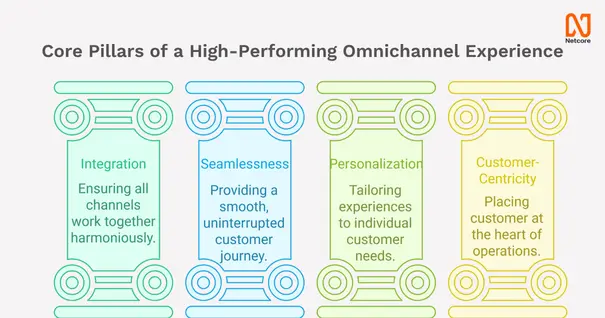
1. Integration
Your data can’t live in silos. Period.
- Your CRM should sync with email and SMS tools.
- POS systems must update inventory in real time for online orders.
- Customer service should be able to see a customer’s entire history—purchases, interactions, and preferences.
Real example: One brand I consulted had support reps referencing 3 different tools to assist a customer. After integrating data into a CDP, NPS scores jumped 22% in 90 days.
2. Seamlessness
Friction kills conversions. A good omnichannel experience removes it.
- Add to cart on mobile → get reminder on WhatsApp → buy on desktop.
- Start a return online → complete in-store without repeating yourself.
- Loyalty points earned in-store show up in your app.
Seamlessness isn’t flashy—it’s functional.
3. Personalization
You know this one—but here’s the nuance: omnichannel personalization uses all channel signals to customize content, timing, and offers.
- Recommend based on recent behavior, not just demographics.
- Use purchase history and real-time intent signals.
- Show promotions when and where the customer is most likely to act.
And it should feel like a conversation, not a pitch.
4. Customer-Centricity
Forget your tech stack for a moment. What does your customer actually want?
- Can they switch devices mid-journey?
- Do they prefer chat over email?
- Do they want to browse in the app but buy in-store?
Omnichannel success starts when your internal processes take a back seat to customer behavior.
The Real Business Impact of Omnichannel
Let’s not pretend this is just about creating “nicer” experiences. When done right, omnichannel drives serious ROI.
1. Increased Customer Satisfaction
71% of customers expect consistency across channels. As per the Deloitte report, 80% of B2C leaders believe they offer great shopping experiences—but fewer than half of customers agree. Yet customers spend 37% more when experiences are consistent. When you meet that expectation, CSAT scores rise—and so does brand trust.
2. Improved Engagement
A customer clicks your email, browses in your app, and gets nudged on WhatsApp. This connected engagement loop reduces drop-offs and increases re-visits.
3. Higher Conversion Rates
Cross-channel retargeting leads to up to 300% higher conversions (source: ContactPigeon). Relevance leads to action—and omnichannel makes relevance scalable.
4. Higher CLTV
Omnichannel customers are worth 30% more than single-channel ones. They shop more often, spend more per session, and are more loyal.
5. Lower Churn
The #1 churn driver? Frustration. Omnichannel eliminates friction, leading to happier, longer-lasting relationships.
6. Enhanced Brand Perception
Brands that “get it” (and get you) stand out. Omnichannel is how you earn that perception—and keep it.
Real-World Omnichannel Experience Examples
Let’s not just talk about brands doing omnichannel. Let’s talk about brands winning with it—and the metrics that prove it works.
These are brands I’ve studied closely while working at a martech company, helping other ecommerce teams replicate similar strategies.
Sephora: Increasing CLTV With Channel-Connected Loyalty
Sephora is a gold standard when it comes to connecting online and offline experiences—and it pays off directly in customer lifetime value.
How they do it:
- In-store consultations are digitally captured and synced to customer profiles.
- The app reflects both in-store and online purchases, so recommendations are hyper-personalized.
- The Beauty Insider program works seamlessly across channels—points, rewards, and status follow you no matter how you shop.
Why it works: Customers feel seen, remembered, and rewarded. Their loyalty isn’t just emotional—it’s systemic.
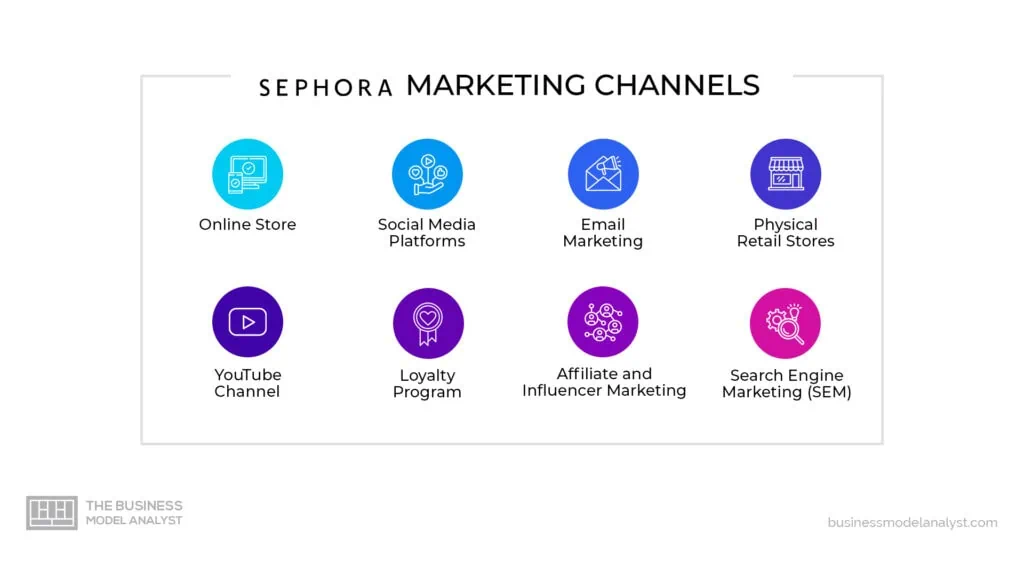
Results:
- Loyalty members engaged across 3+ channels spend 15% more per year.
- Sephora’s CLTV among omnichannel customers is 2x higher than single-channel shoppers.
- CSAT scores consistently rank in the high 80s and low 90s, especially among Beauty Insider members using both digital and physical experiences.
Disney+: Boosting Retention With Seamless Cross-Device Streaming
Disney+ isn’t just a streaming platform—it’s a masterclass in customer continuity.
How they do it:
- Watch a show on your smart TV, pause it, and resume right where you left off on your phone or tablet.
- User profiles sync across all devices, with content preferences and parental controls stored centrally.
- Personalized watchlists and recommendations adapt as viewing behavior changes.
Why it works: The omnichannel customer experience is so smooth that there’s no friction to switch devices, resume binge-watching, or pick something new to watch. It’s the kind of invisible tech that builds habit and loyalty.
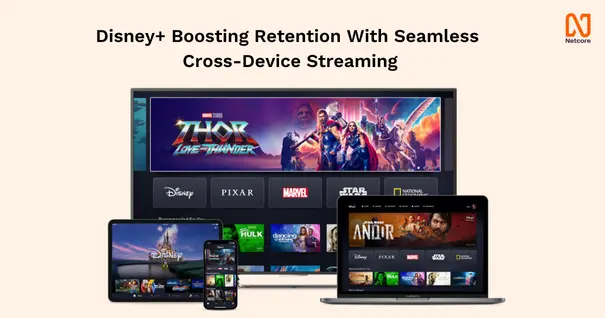
Results:
- Disney+ sees 30–40% lower churn rates among users who engage across multiple devices.
- Retention rate improves significantly for households that personalize and sync multiple profiles.
- CSAT scores remain above 85%, especially in regions where cross-device usage is highest.
Amazon: Driving Retention and CSAT Through Unified Shopping
Amazon’s omnichannel strategy isn’t flashy—but it’s just innovative to another level.
How they do it:
- Cart contents, purchase history, and preferences sync across mobile, desktop, app, Alexa, and even smart TVs.
- Delivery tracking is embedded across channels—email, push notifications, app alerts, and even smart home devices.
- Returns are easier than most competitors, regardless of purchase channel.
- Innovative shopping channels like Shopping with Alexa and Amazon Go – a new kind of store featuring the world’s most advanced shopping technology.
Why it works: Customers don’t have to think. Amazon handles everything—from search to delivery in their omnichannel customer experience.
Results:
- Amazon Prime members (who experience the most omnichannel benefit) have 3–4x higher CLTV than non-Prime customers.
- CSAT scores regularly sit in the mid-to-high 90s for Prime members.
- Retention among Prime users is estimated at over 95% YoY—a direct result of seamless, consistent service.
Zara: Elevating In-Store and Online Conversions With Real-Time Inventory
Zara has quietly built one of the most effective omnichannel infrastructures in fashion retail—and it shows in their bottom line.
How they do it:
- Online shoppers can check real-time inventory in nearby physical stores.
- Shoppers can reserve items online to try in-store or buy online and return in-store with minimal effort.
- Associates use handheld POS systems that are integrated with Zara’s inventory, CRM, and ecommerce backend.
Why it works: Zara eliminates the biggest blockers in fashion retail—uncertainty about availability, complicated returns, and disconnected systems. Their omnichannel customer experience removes guesswork and hassle.
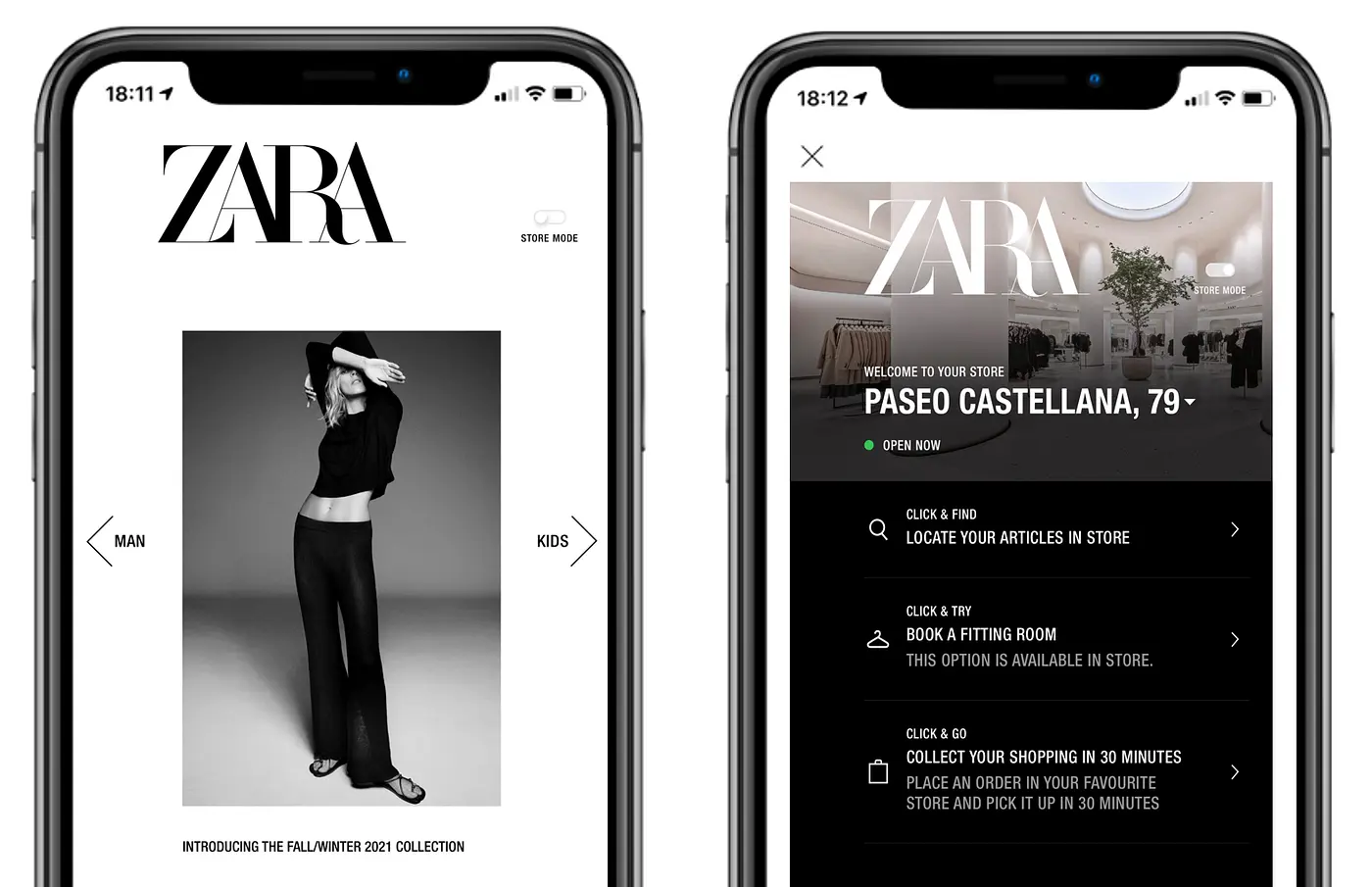
Results:
- Zara saw a 25% lift in conversion rates from customers using two or more channels in a single purchase cycle.
- Their return friction score (a proprietary NPS-like measure) improved by over 40% after implementing cross-channel return capabilities.
- Regions that adopted omnichannel inventory syncing first reported a 10–12% improvement in CLTV over 12 months.
How to Build Your Omnichannel Customer Experience
Ready to start? Here’s a practical, repeatable framework:
Step 1: Map the Journey
- List every customer touchpoint (web, mobile, chat, in-store, email, support).
- Highlight where customers drop off or get frustrated.
Step 2: Unify the Data Layer
- Use a Customer Data Platform (CDP) or integrated tools.
- Create a 360° customer view across departments.
Step 3: Align Messaging and Offers
- Promotions and pricing must match across all platforms.
- Use shared calendars and automation triggers.
Step 4: Personalize Across the Funnel
- Don’t just segment by persona, segment by behavior.
- Trigger flows based on real-time intent, not static rules.
Step 5: Measure What Matters
- Don’t rely on last-click attribution.
- Track metrics like cross-channel retention, CLTV per segment, and journey completion rate.
Final Take
In 2025, the biggest brands won’t be the ones shouting the loudest or discounting the deepest. They’ll be the ones that understand this simple truth: customers don’t just buy products—they buy experiences.
And the brands that win? They’ll be the ones delivering journeys so connected, so effortless, and so context-aware that switching to a competitor won’t even cross a customer’s mind.
Omnichannel isn’t just a “nice to have” anymore. It’s the invisible glue holding your customer relationships together—and the force multiplier behind your retention, CLTV, and word-of-mouth growth.
If you’ve optimized your ads, your content, and your funnels—but growth still feels like a grind—this might be the missing piece.
Because people don’t leave brands that feel built around them. They stay. They spend more. And they come back.
Now’s the time to turn fragmented interactions into connected experiences. The kind that fuel growth from the inside out.
 Holiday Sales Are Won Now — Grab the 2025 Holiday Marketing Guide to Unlock More Revenue.
Holiday Sales Are Won Now — Grab the 2025 Holiday Marketing Guide to Unlock More Revenue. 










